I'm trying to apply a gradient to a view which is constraint to the top, left and right of the main screen but for some reason the gradient doesn't cover the whole width of the view that is applied to (see the yellow in the picture).
class ViewController: UIViewController {
@IBOutlet weak var myView: UIView!
override func viewDidLoad() {
super.viewDidLoad()
let gradient = CAGradientLayer()
gradient.colors = [UIColor.blue.cgColor, UIColor.white.cgColor]
gradient.startPoint = CGPoint(x:00, y:00)
gradient.endPoint = CGPoint(x:0, y:0.6)
gradient.frame = myView.bounds
myView.clipsToBounds = true
myView.layer.insertSublayer(gradient, at: 0)
}
}
What am I doing wrong?

